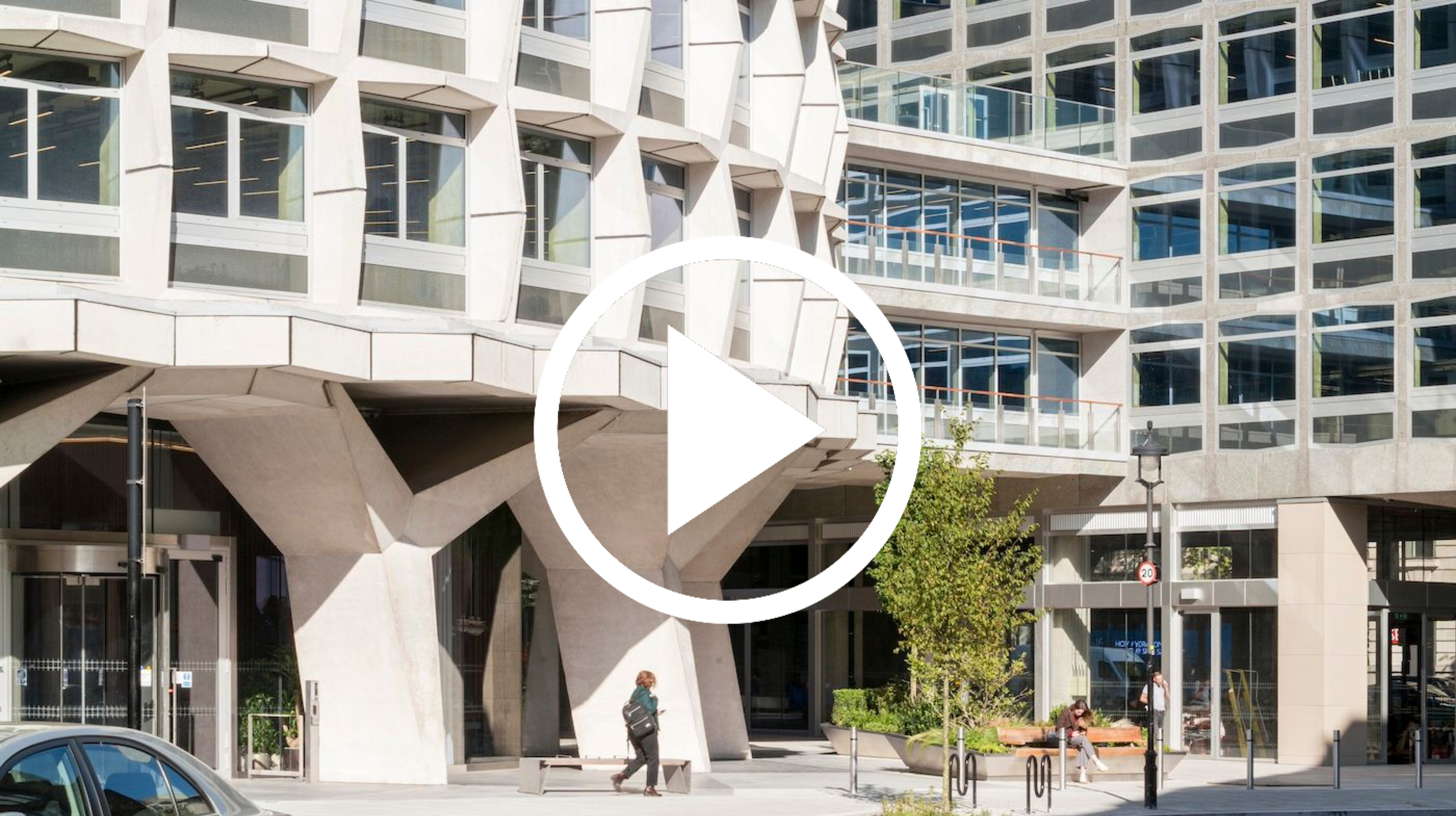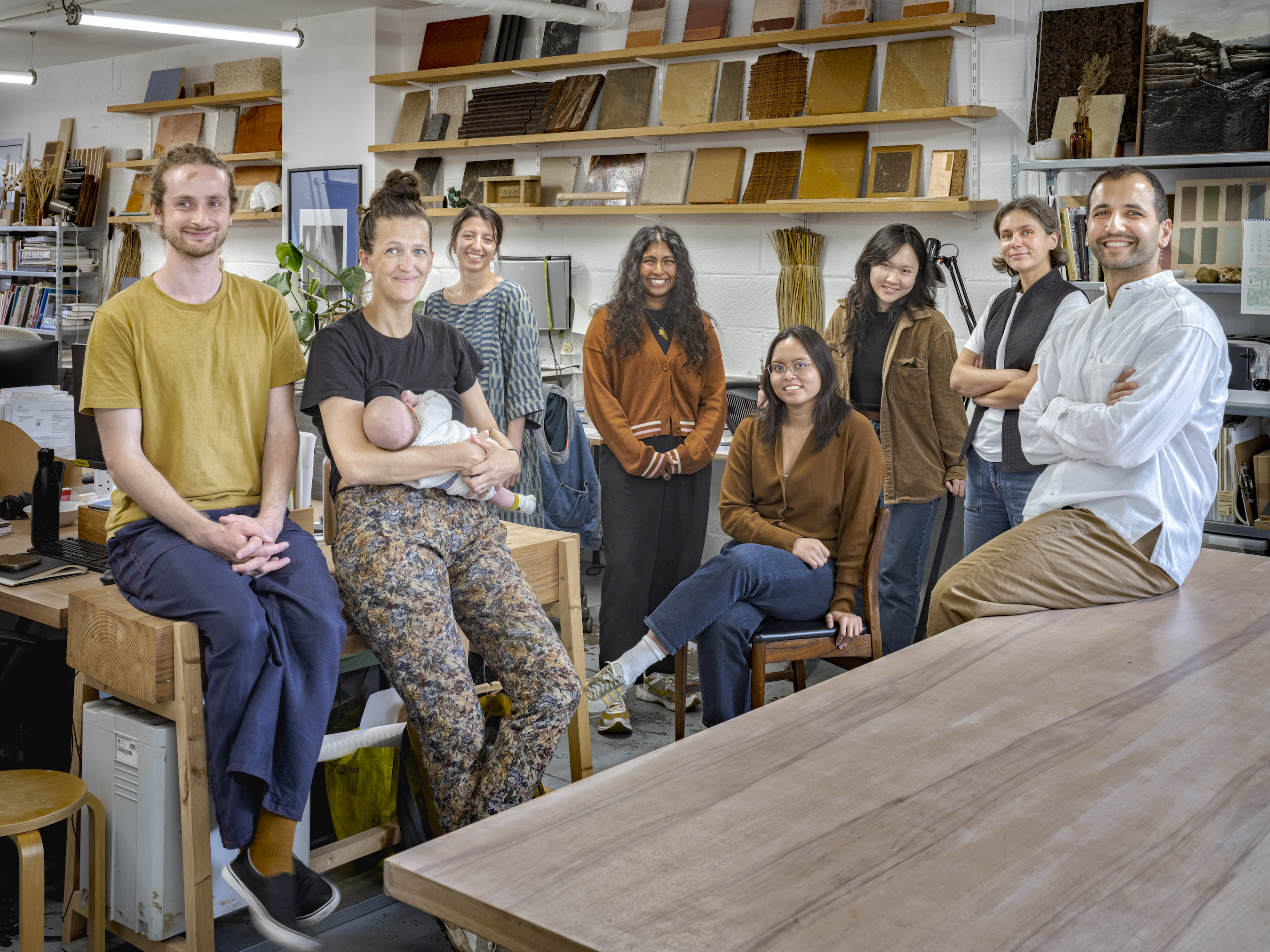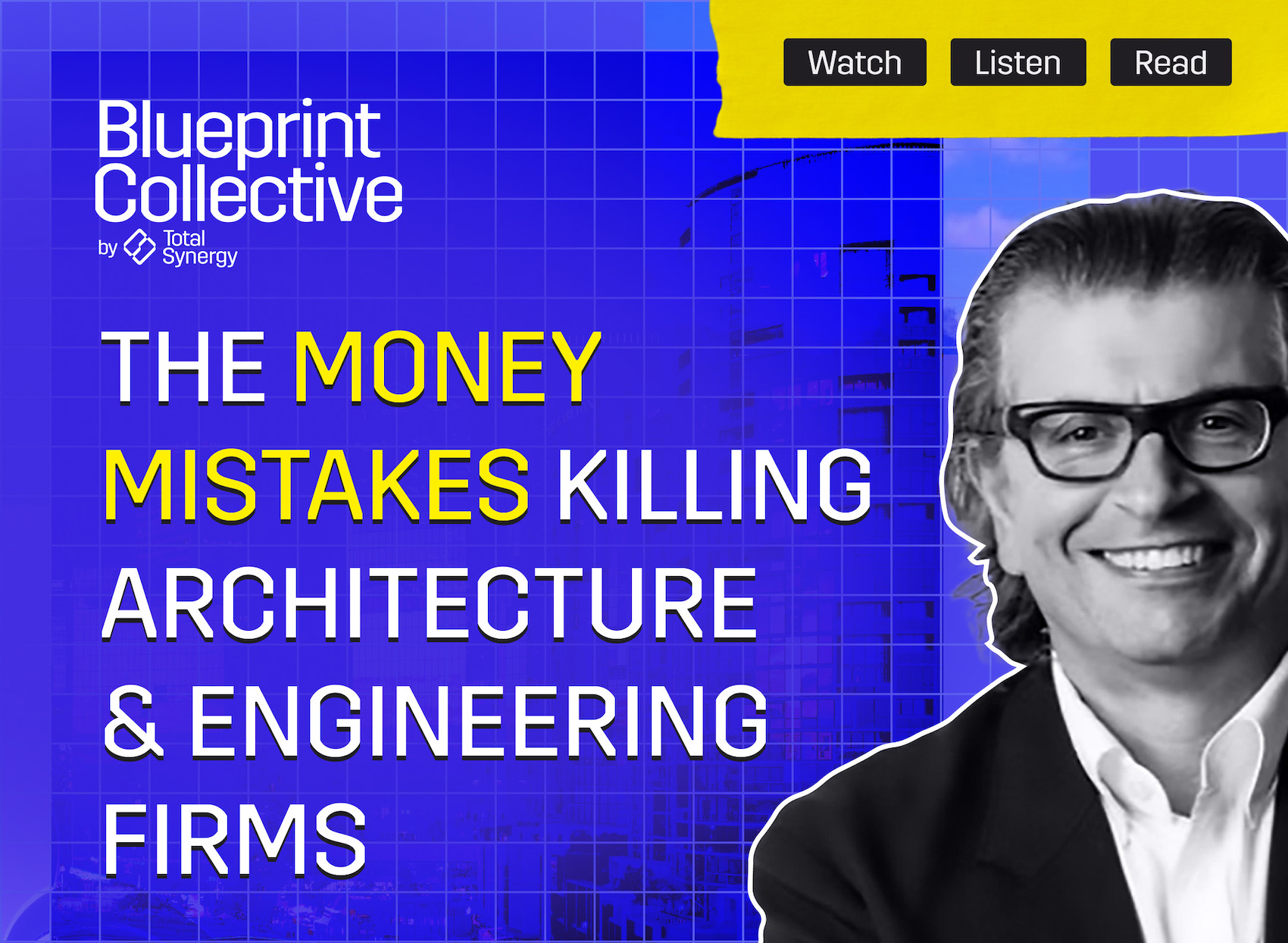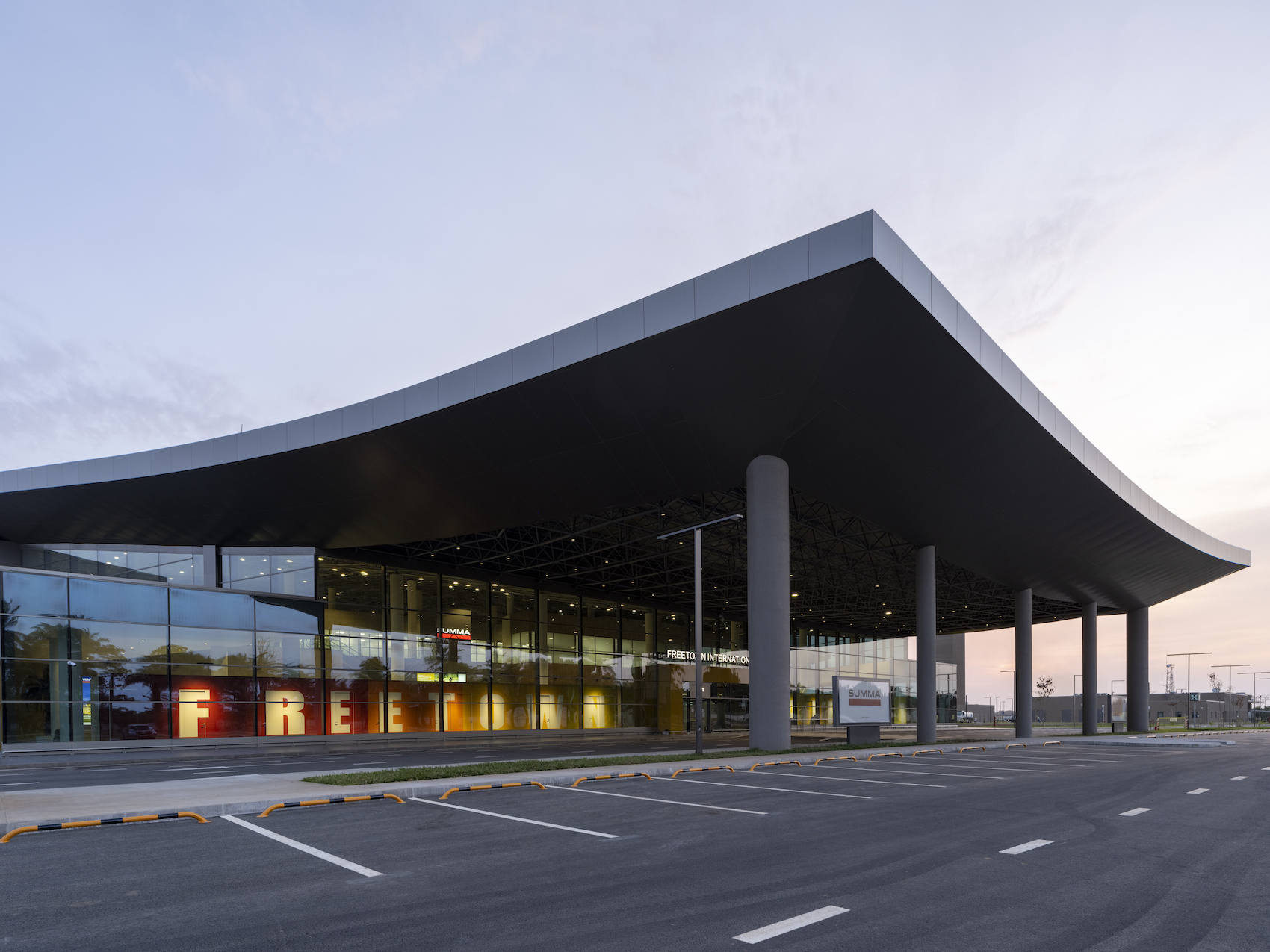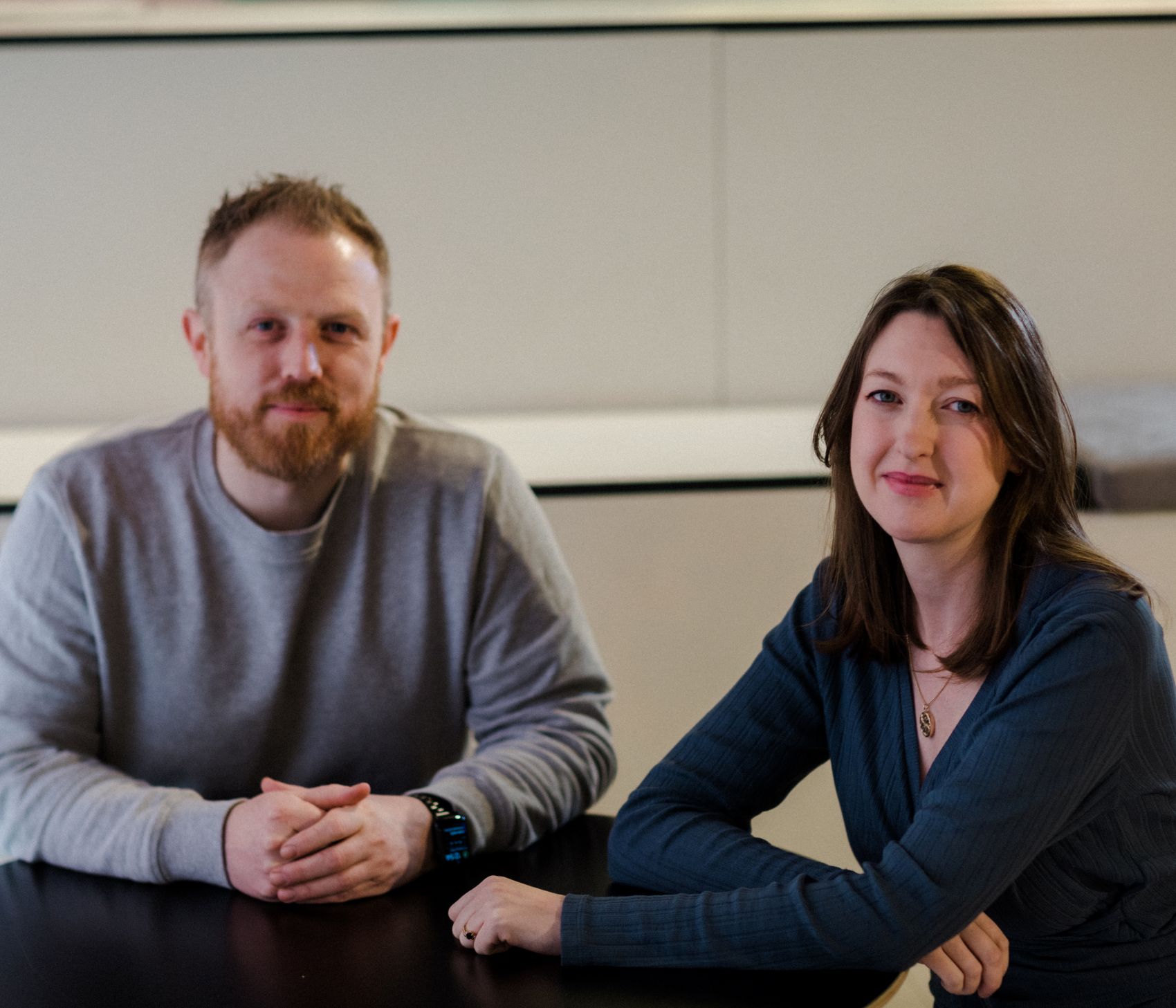David Partridge, Chair of the Governance Board for the UK Net Zero Carbon Buildings Standard, shares insights from Footprint+ on embedding the standard into everyday practice and the growing seriousness with which the industry is tackling carbon and circularity.
What are the issues that everyone’s talking about?
I’m the Chair of the Governance Board of the UK Net Zero Carbon Buildings Standard, and we’ve just had a round table panel discussion on how that standard might influence different stakeholders. It was really interesting to get the views of both the legal and surveying professions. JLL were here as well, talking about how the standard might impact investment, construction and design criteria, and the leasing of buildings — how it could ultimately become interwoven into our standard ways of working.
So for me, the big takeaway is that it’s no longer about what the standard is, it’s about how we use it and how it becomes part of day-to-day professional life for everyone here at Footprint who’s aiming to produce buildings for a more responsible planet.
And how will the UK NZC Building Standard influence you?
Well, as Chair of the Governance Board, it’s obviously influencing me a lot. I think the key thing, as we heard today, is how the built environment and real estate industries have come together to create a common metric we can all work towards.
The impact on me is a reminder of the importance of collective action, when we’re facing a critical issue like zero carbon, even if not every government is taking it seriously, we as an industry are. We’re willing to put both intellectual and financial resources behind finding an answer. That, for me, is the key takeaway from today — and really from all my experience on this topic.
What else have you learnt so far from Footprint this year?
I arrived just a few hours ago, so I’ve had a good chance to walk around, and I’m really impressed by the number of technical conversations happening — on recycling, retrofitting approaches, and minimising impact.
It’s all about doing everything we can, not throwing anything away, and finding ways to make reuse and retrofit the first option, not the niche afterthought. What was a niche part of the market three or four years ago now feels like the starting point, the default. Total demolition is becoming a last resort. I’m really impressed by the depth and breadth of focus across the show.
Is there anything that’s particularly surprised you or anything you’re especially looking to catch?
I suppose I’m surprised, in a good way, by how in-depth it all is. That might sound like faint praise, but I’m genuinely encouraged by how seriously this is all being taken. Maybe I shouldn’t be surprised, but as a seasoned developer, it’s easy to be a bit sceptical. I’m really pleased to see this level of thinking becoming normal practice, not just best practice.



